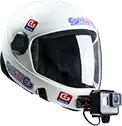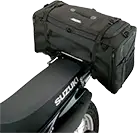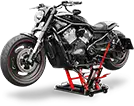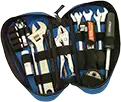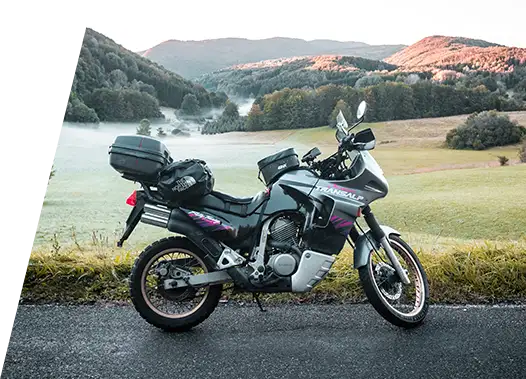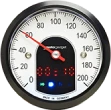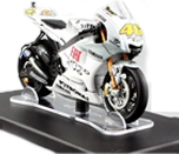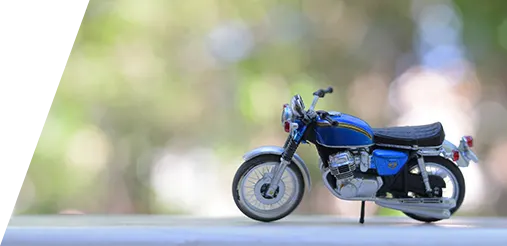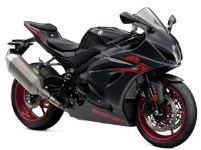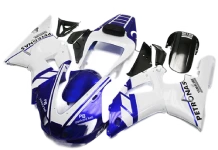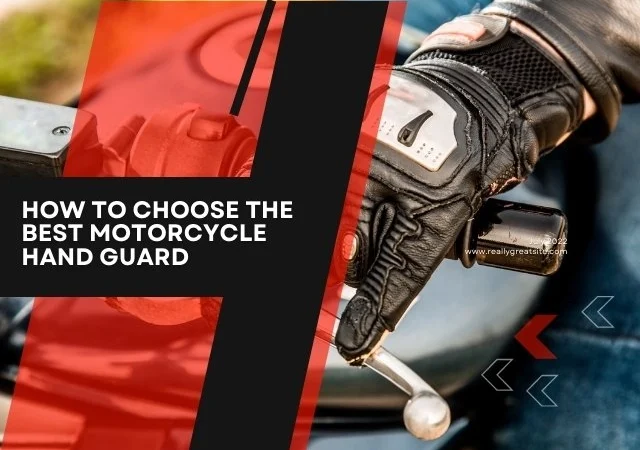Forget the stilettos, leave the leather behind! Riding motorcycles through the woods calls for a different kind of fashion statement. Discover the “don’ts” (like high heels) and the “must-haves” for tackling the trail in style (and safety).
Riding a motorcycle in the woods can be super fun, but it’s important to be safe, too! That’s why you need to make sure you’re wearing the right motorcycle riding gear. It’s not just about a helmet and gloves – you need stuff that can handle all the bumps and twists of the trails. From tough armor to sturdy boots, every piece of gear keeps you safe and comfy in the wild.
So, before you hit the gas and head into the forest, let’s talk about what you should wear. Get ready to gear up and explore the awesome world of off-road riding!
Risks Affiliated Riding in the Woods and their Prevention:

When riding a motorcycle in the woods, there are several risks that can be minimized with the proper motorcycle riding gear:
Injury from falls:
Motorcycle riding gear such as armored jackets, pants, gloves, and boots can provide protection against abrasions, cuts, and impacts in the event of a fall.
Branches and debris:
Riding in wooded areas increases the risk of encountering branches, rocks, and other debris on the trail. A sturdy helmet with a visor can protect your head and face from low-hanging branches and flying debris.
Weather conditions:
Riding in the woods means being exposed to various weather conditions, including rain, wind, and extreme temperatures. Waterproof and insulated riding gear can keep you dry and comfortable in adverse weather conditions.
Visibility:
Dense vegetation and low light conditions in wooded areas can reduce visibility. Wearing brightly colored or reflective motorcycle gear can make you more visible to other riders, hunters, and wildlife.
Insect bites and scratches:
Riding through wooded areas exposes you to insects, thorns, and brush that can cause bites, scratches, and irritation. Protective gear such as full-face helmets, jackets with integrated armor, and sturdy riding boots can minimize the risk of injuries from insects and vegetation.
Overall, wearing motorcycle riding gear designed for off-road or adventure riding can significantly reduce the risks associated with riding in the woods and enhance your safety and comfort on the trail.
8 Tips to look at before you Move out in the Woods with your Motorcycle:

- Wear the Right Gear: Make sure you wear a helmet, gloves, long pants, and sturdy boots to protect yourself.
- Start Slow: Begin by riding slowly and get used to the feel of the terrain.
- Stay Alert: Keep your eyes on the trail and watch out for obstacles like rocks, branches, and roots.
- Use Proper Technique: Learn how to stand up on the footpegs when going over rough terrain to maintain balance and control.
- Maintain Control: Keep your speed in check and use both brakes evenly when needed to avoid skidding or losing control.
- Respect Nature: Stay on designated trails and avoid disturbing wildlife or damaging plants.
- Ride with a Buddy: It’s safer to ride with a friend in case of emergencies or accidents.
- Carry Essentials: Bring along tools, a first aid kit, water, and snacks in case of emergencies.
By following these tips and exercising caution, you can enjoy a thrilling and safe motorcycle ride through the woods while respecting nature and minimizing risks.
Top 10 gears for Riding Motorcycle in the Woods:

- Helmet: A high-quality, DOT-approved helmet is essential for protecting your head in case of falls or collisions.
- Off-road Boots: Sturdy off-road boots provide ankle support, protection from rocks and branches, and offer good grip on the footpegs.
- Body Armor: Body armor such as a chest protector and elbow guards can help shield you from impacts and abrasions.
- Goggles or Visor: Protect your eyes from dust, debris, and branches with goggles or a helmet visor designed for off-road riding.
- Gloves: Durable gloves with reinforced palms and knuckle protection provide grip and protect your hands from blisters and injuries.
- Riding Jacket and Pants: Choose a durable, abrasion-resistant jacket and pants designed for off-road riding. Look for options with ventilation to keep you cool.
- Hydration Pack: Stay hydrated during long rides with a hydration pack that fits comfortably on your back.
- Tool Kit: Carry a basic tool kit with essentials like wrenches, tire repair kits, and a multi-tool for on-the-go repairs.
- GPS or Maps: Ensure you can navigate through the woods by using a GPS device or carrying maps of the area.
- Emergency Kit: Pack a first aid kit, emergency blanket, whistle, and other essentials in case of emergencies.
Remember to always ride responsibly and within your skill level, and consider taking a riding course specific to off-road riding to improve your skills and safety awareness.
Gear Up for Adventure: Riding Motorcycles in the Woods Safely and Stylishly
In conclusion, riding a motorcycle in the woods is an exhilarating adventure that requires careful preparation and the right gear. By equipping yourself with the appropriate protective gear such as helmets, body armor, and off-road boots, you can mitigate the risks associated with off-road riding and ensure a safer and more enjoyable experience. Additionally, following safety tips such as starting slow, staying alert, and respecting nature’s surroundings further enhances your riding experience while minimizing potential hazards.
Remember to always prioritize safety, respect the environment, and carry essential tools and emergency kits to handle unforeseen circumstances. With the right gear, knowledge, and mindset, you can embark on thrilling woodland rides with confidence, knowing that you’re well-prepared for whatever the trail may bring. So gear up, ride responsibly, and embrace the adventure that awaits amidst the beauty of nature’s trails.
FAQs
The helmet is the most critical piece of gear for woodland riding, as it protects your head in case of a fall or collision.
Look for boots with ankle support and sturdy soles to protect your feet and ankles from rocks, roots, and other obstacles.
Incorporate high-visibility gear with reflective elements and bright colors to enhance your visibility to other riders and motorists.
It’s essential to have waterproof gear on hand, including a jacket and pants, to stay dry and comfortable during unexpected rain showers.
Yes, thermal layers can help keep you warm and comfortable in colder weather, ensuring you can enjoy your rides year-round.























